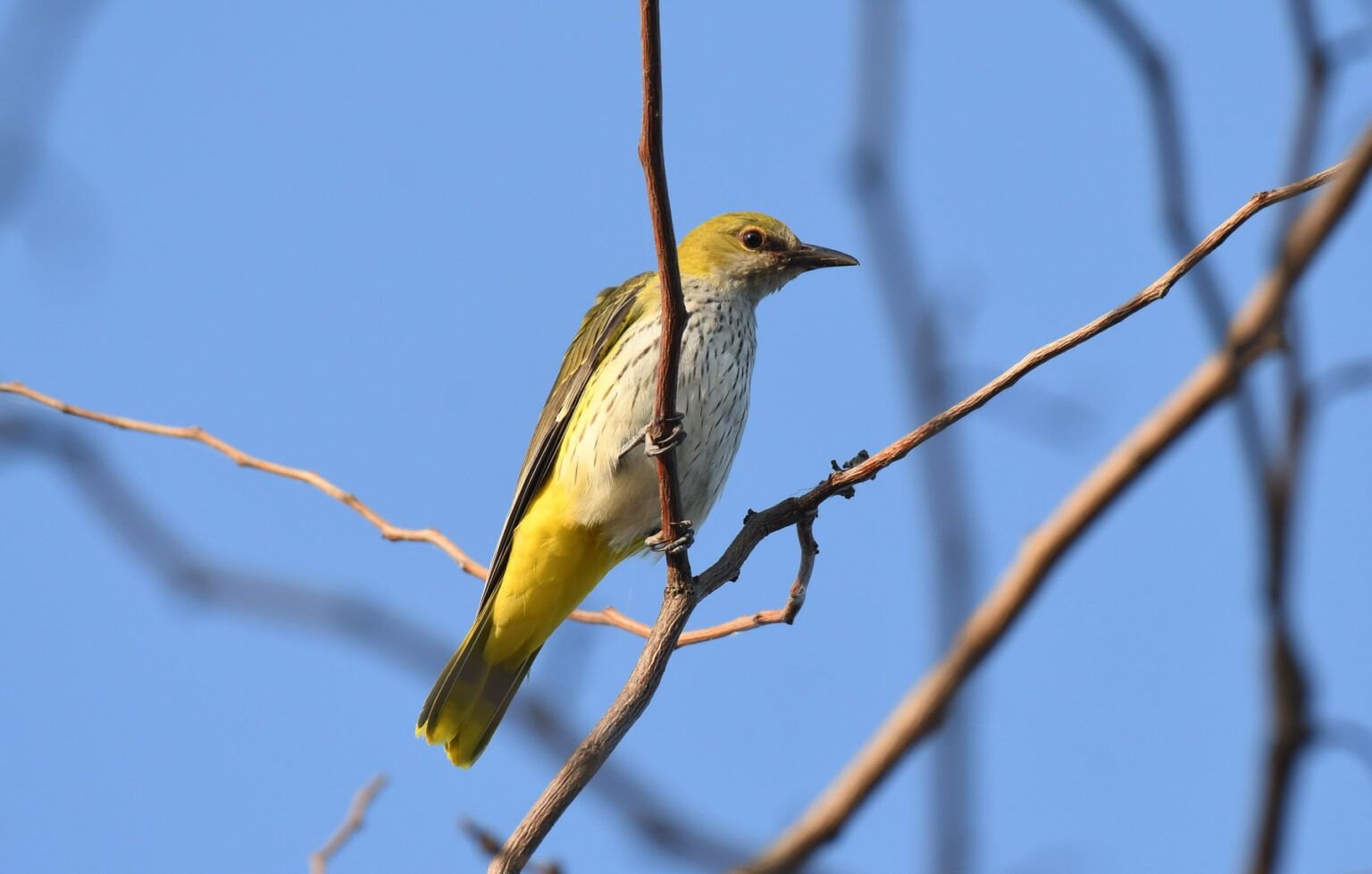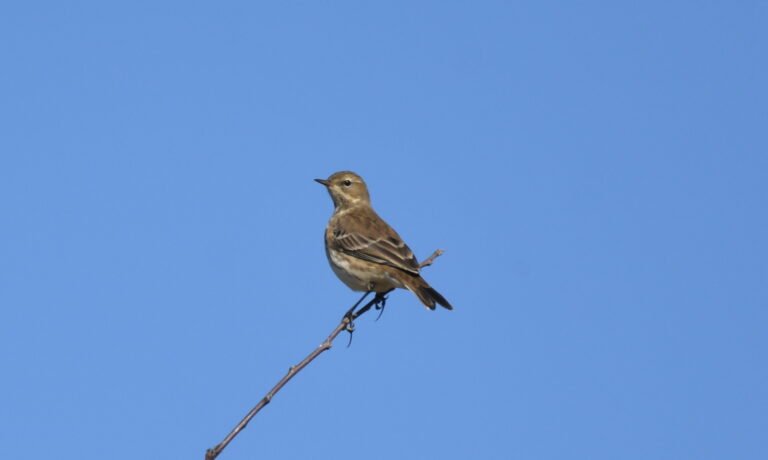The Eurasian Golden Oriole or simply Golden Oriole (Oriolus oriolus) is the only member of the oriole family of passerine birds breeding in northern hemisphere temperate regions. It is a summer migrant in Europe and western Asia and spends the winter season in central and southern Africa.
Golden orioles have an extremely large range with large populations that are apparently stable. Therefore, they are evaluated as least concern by BirdLife International.
Until a few years ago this species was treated as being conspecific with the Indian Golden Oriole.
The name “oriole” was first used in the 18th century and is an adaptation of the scientific Latin genus name, which is derived from the Classical Latin “aureolus” meaning golden. Various forms of “oriole” have existed in Roman languages since the 12th and 13th centuries.Albertus Magnus used the Latin form oriolus in about 1250 and erroneously stated that it was onomatopoeic because of the Golden Oriole’s song. In medieval England its name, derived from the song, was the Woodwele.
The male is striking in the typical oriole black and yellow plumage, but the female is a drabber green bird. Orioles are shy, and even the male is remarkably difficult to see in the dappled yellow and green leaves of the canopy. In flight they look somewhat like a thrush, strong and direct with some shallow dips over longer distances. The New World orioles are similar in appearance to the Oriolidae, but are icterids unrelated to the Old World birds.
The breeding range of this species spans from Portugal, Spain and France across the United Kingdom and Scandinavia to Poland, Russia, the Balkans, Turkey and West Asia to the Caucasus up to Mongolia and China. They winter in central and southern Africa. They generally migrate during the night, but may travel during the day in the spring migration. During the fall migration they migrate via the Eastern Mediterranean where they feed on fruit; they are often considered a pest in this region because of this.
The Eurasian Golden Oriole inhabits a range of habitats. In Western Europe they prefer open broadleaf forests and plantations, copses, riverine forest, orchards, large gardens; in Eastern Europe they may inhabit more continuous forest as well as mixed or coniferous forests. They generally avoid treeless habitats but may forage there. In their wintering habitat they are fond in semi-arid to humid woodland, tall forests, riverine forest, woodland/savanna mosaic and savanna.
They feed on insects and fruit. They build neat nests in tree forks and lay 3–6 eggs. Their call is a screech like a jay, but the song is a beautiful fluting weela-wee-ooo or or-iii-ole, unmistakable once heard.





